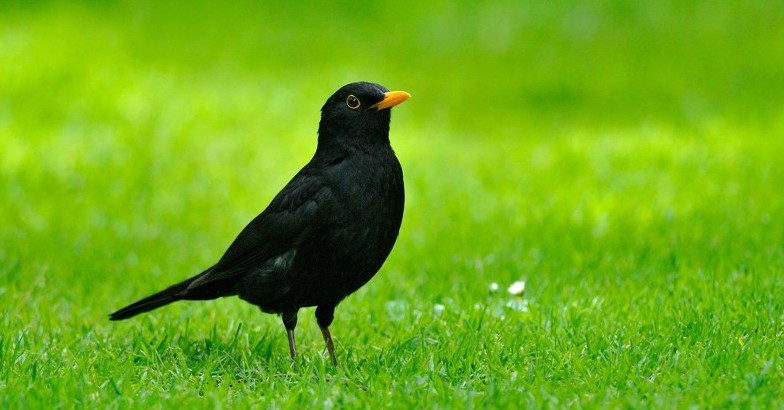

The basic idea of an app to identify birdsong is a nice one. Hold a phone in the direction of some chirping birds, record, send the sound off, give it a few seconds to check with a server, and get an ID. Like a Shazam or SoundHound, but for the sounds of nature. Cool, eh?
Except it’s not that straightforward. Birdsong and human-made music are very different, and there are different sets of data and methods for analyzing their sounds. Dan Stowell is a researcher in the field of machine listening, which uses computation to understand sound signals–techniques he’s recently been applying to birdsong. “Whenever I tell people that I work analyzing bird sounds they say, “‘Oh, that’s interesting’ and then like two [minutes] later they email saying, “‘I’ve just had a brilliant idea for an app,’ ” Stowell laughed.
He’s spoken to groups like the British Trust for Ornithology and Royal Society for the Protection of Birds, and they’ve clearly had people contacting them, too, trying to sell the idea of a birdsong identification app. “But they have a healthy dose of skepticism about it all,” Stowell explained. “They [traditional bird groups] use volunteer surveying a lot. Volunteers do a walkthrough of a forest and write down all the birds they’ve seen and heard as they go through. That is quite high cost in terms of volunteer time, and it’s not necessarily perfectly accurate, but they’ve been doing it for years and they know really well what sort of accuracy they get from that. So from their point of view, they see someone coming with an app and it says, “‘We’ll recognize the birds,’ and they don’t know if it’ll make a lot of small mistakes or a few massive mistakes. It’s an unknown quantity.”
Stowell thinks it’s worth a try though. As a researcher, he didn’t see the point of making an app just for the sake of it or even because people wanted one. That’s for entrepreneurs to worry about. He’s a scientist. But Florence Wilkinson, a communications consultant also based in London, had the idea for one that would produce useful information as a byproduct. “She wanted to make a social enterprise that collects data about where birds are spotted and make that available for conservationists,” Stowell said. “And I wanted to do [something] similar, but also for machine-listening researchers, because we’d really benefit from having a big, crowdsourced data set of this kind of stuff.”
Thus, the idea of Warblr was born. After an initial innovation grant from Stowell’s university, he is running a Kickstarter campaign with the hope of launching the app in the spring, drawing on data from another crowdsourced project, xeno-canto. Initially the app will only be available in the United Kingdom, but Stowell hopes to release a North American version soon, too. The idea, after all, was partly inspired by some of his research on Brazilian birds, so there’s no reason it cannot be applicable elsewhere.
When Stowell powered up an iPad to show the prototype, he started whistling an uncanny impression of birdsong. He let it record for 10 seconds, waited for the file to upload and grinned, “Ah, yes, and that’s what I am. A common blackbird!”
The app offers several resulting options, partly because it might not be precisely accurate so allowing for a user’s personal judgment is key. Eventually it’ll come with pictures to help with identification, hoping a user is lucky enough to spot the bird with their eyes, too. But, Stowell added, the list of options is also there because when you record one bird, you’ll often pick up several more as well. “There’s always a woodpigeon in the background,” Stowell said.
The combination of multiple birds is partly what interests him, scientifically. He flipped open his laptop and pressed play on a sound file. “Have you heard zebra finches before?” he asked. “They don’t sound like British birds. They do all this squeaking.” We sat and listened. “These are contact calls. Not calls in response to an external thing like food arriving or a threat or anything like that. There is a social network represented there.” If you get enough data, he argued, you can start to learn more about the species’ social network.
While Stowell hopes to collect data, he’s excited by the app’s possible power as a tool for increasing public awareness. “As soon as you think about bird sounds, you get more engaged with it. We hope it [the app] doesn’t just cause people to stare at a screen. We hope it helps people to become more responsive to birds around them,” he said.
Stowell’s also interested in where such a public project might lead the science: “We want this to be open data, and the nice thing about open data is you don’t know what will happen to it.”


How We Get To Next was a magazine that explored the future of science, technology, and culture from 2014 to 2019. This article is part of our Nature & Climate section, which looks at how human activity is changing the planet–for better or worse. Click the logo to read more.
